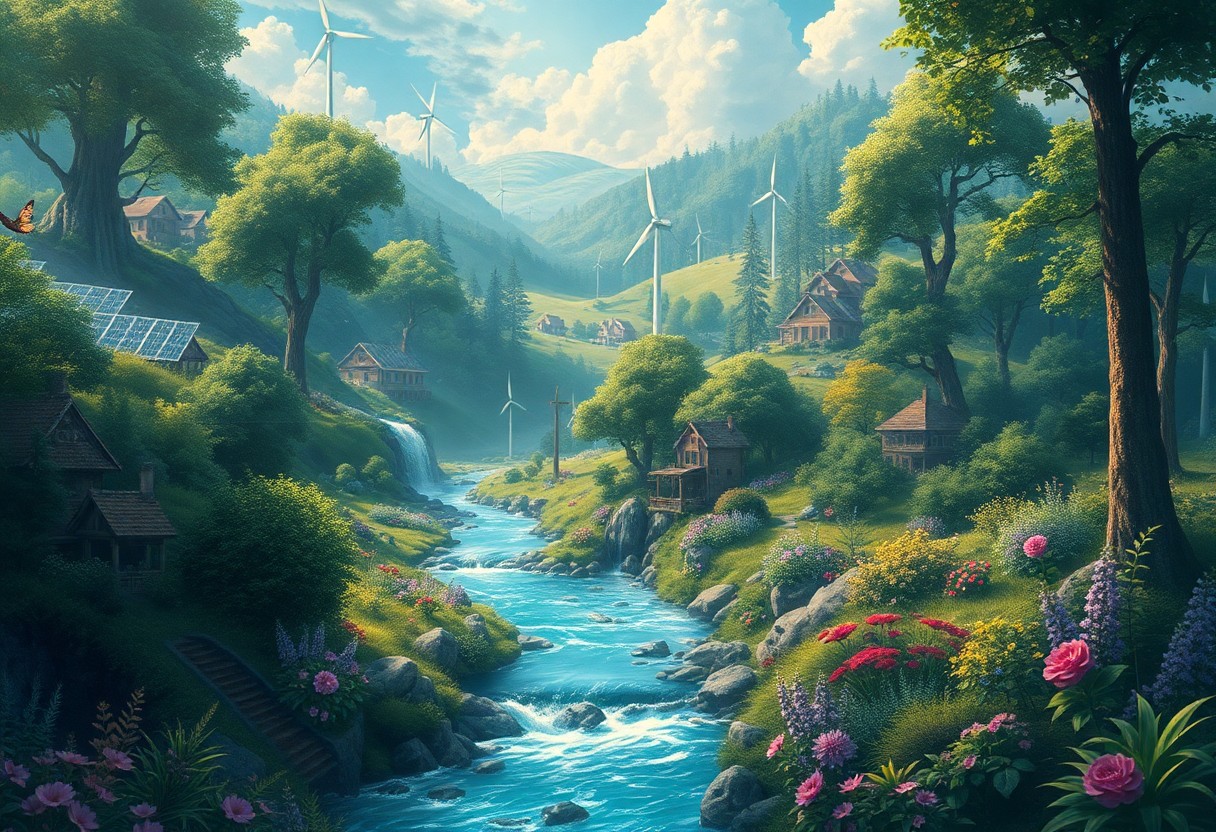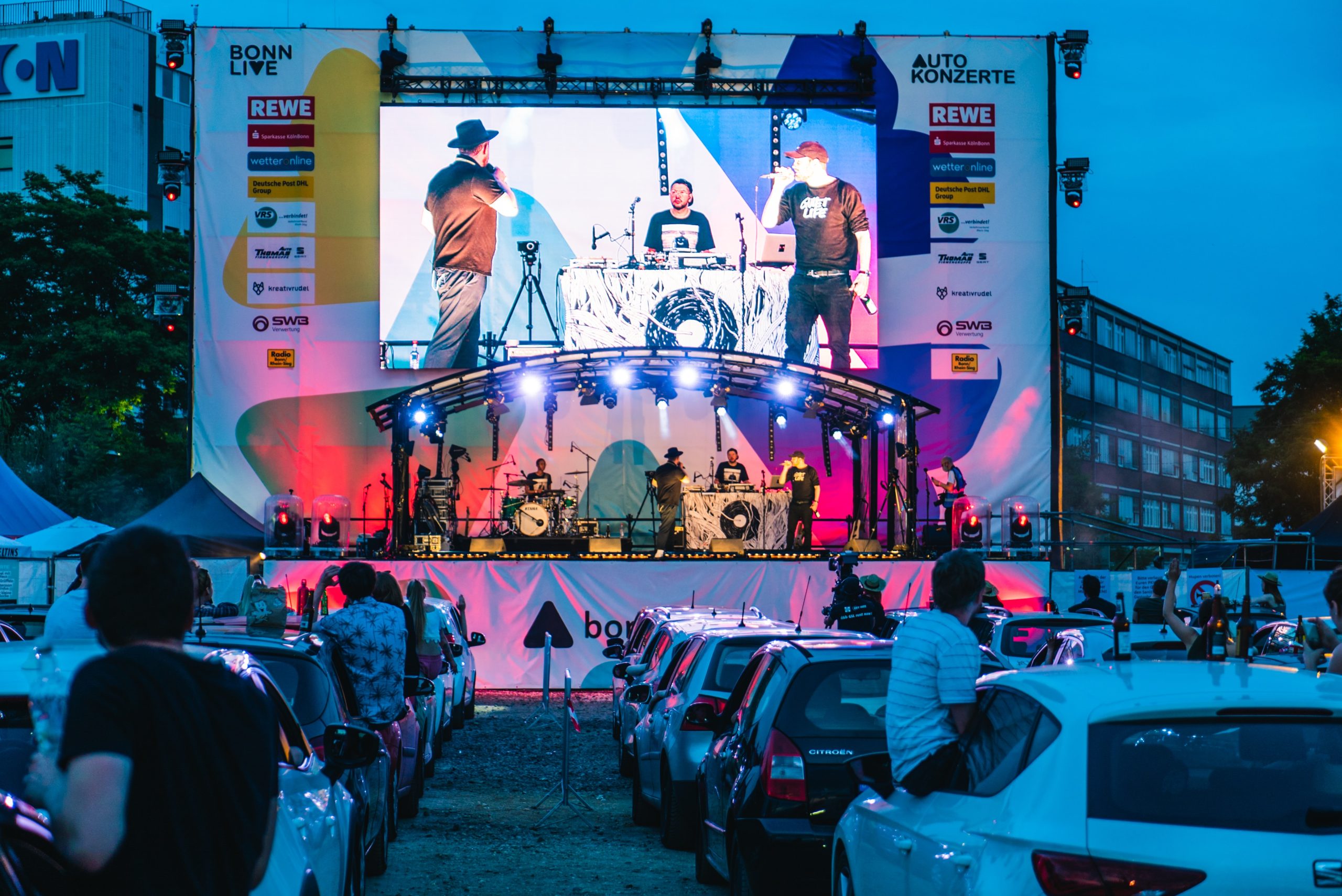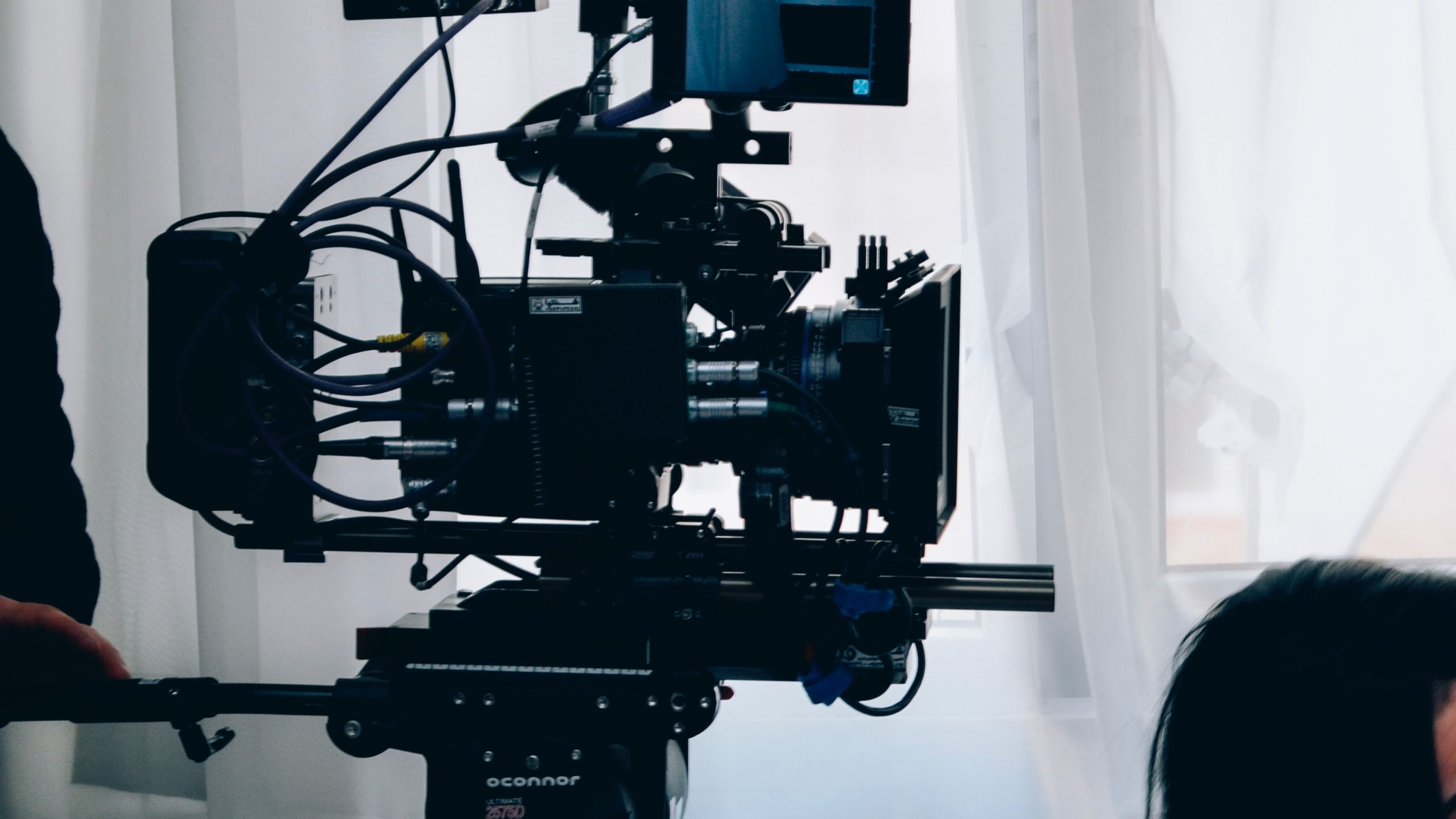You have the opportunity to explore the fascinating layers of Berlin’s entertainment history, particularly its connections to the infamous Berlin Wall. This pivotal structure not only divided the city but also shaped its vibrant cultural landscape. In this post, you will learn about four vital steps that trace the wall’s history, from its construction to its eventual fall. By following this guide, you can better understand how the wall influenced art, music, and nightlife, providing a rich context for the creative spirit that thrives in Berlin today.
The Origins of Berlin’s Entertainment Scene
For centuries, Berlin has been a vibrant hub for culture and entertainment, attracting artists, musicians, and performers from across the globe. You can trace the roots of this dynamic scene back to various historical movements and social changes that fostered creativity and expression. As you explore this rich tapestry, you’ll discover how different influences shaped the evolution of Berlin’s unique entertainment landscape.
Pre-Wall Cultural Developments
Entertainment in Berlin flourished in the early 20th century, with the emergence of cabarets, theaters, and silent films. You would have experienced a diverse mix of artistic movements, including Expressionism and Dadaism, which not only showcased talent but also reflected the complex societal issues of the time.
The Impact of World War II
With the outbreak of World War II, Berlin’s entertainment scene faced significant challenges as the city’s cultural fabric was disrupted. The war dismantled many institutions and suppressed artistic expression, posing a threat to the creative community.
It is imperative to understand that the war led to a dramatic transformation of the cultural landscape in Berlin. Many artists fled or lost their lives, while those who remained faced the oppressive forces of censorship and propaganda. Despite this, the resilience of local performers was evident as they sought ways to express their art even in dark times. The aftermath left the city both scarred and strengthened, laying the groundwork for the vibrant cultural revival that would follow in the later decades.
The Division of Berlin
Any discussion of Berlin’s entertainment history must begin with the city’s division in 1961, which created a stark contrast between East and West Berlin. The Berlin Wall was erected to prevent East Germans from fleeing to the West, effectively splitting the city’s cultural landscape. This division led to a separation in lifestyles, ideologies, and artistic expressions, shaping how entertainment developed in both regions. The impact of this divide reverberated through music, theater, and nightlife, leaving a legacy that is still felt today.
Cultural Shift Post-Wall Construction
The fall of the Berlin Wall in 1989 triggered a significant cultural shift, as the reunified city began to merge divergent artistic and entertainment scenes. This transition allowed for a newfound freedom of expression that was previously suppressed in East Berlin, leading to a rich mingling of styles and influences. Artists, musicians, and performers from both sides started to collaborate, creating a vibrant cultural renaissance that catapulted Berlin into the forefront of global creative expression.
Entertainment in East vs. West Berlin
At its peak, entertainment in East and West Berlin showcased stark differences influenced by their political climates, available resources, and societal values. East Berlin boasted state-controlled venues focusing on theater and classical music, while West Berlin thrived with underground clubs, rock music, and a flourishing art scene. These contrasting environments fostered unique artistic expressions that mirrored each community’s ideologies.
Understanding the entertainment landscapes in East and West Berlin offers you insight into the broader political and social dynamics at play. In East Berlin, you would find state-sponsored art, with a focus on the government-approved narratives, limiting creativity but often leading to innovative work within constraints. In contrast, West Berlin was a hub for freedom and rebellion, cultivating a vibrant club culture that welcomed new music and art forms. The combination of these varying influences has made Berlin a unique canvas for artistic expression, one that continues to evolve as you explore its storied past.
The Fall of the Berlin Wall
Assuming you were in Berlin on November 9, 1989, you would have witnessed a historic moment that changed the landscape of not just the city, but also the world. The fall of the Berlin Wall symbolized the end of an era of division, opening the floodgates for reunification and leading to profound shifts in your understanding of identity, culture, and freedom. It marked a pivotal return to shared spaces, where East and West came together to celebrate newfound possibilities.
The Cultural Renaissance
Along with the physical dismantling of the Wall came a cultural renaissance that reshaped Berlin. As artists, musicians, and performers from both sides converged, you would have noticed a vibrant explosion of creativity and expression. This artistic fusion led to dynamic festivals, street art, and an eclectic music scene that transformed Berlin into a contemporary cultural hub.
Reunification and Its Effects on Entertainment
One of the most significant impacts of reunification was the reshaping of entertainment options available to you. The mix of Eastern and Western influences allowed for a diverse array of venues and events that catered to varied tastes.
Even as you explored Berlin post-reunification, you would find that the entertainment landscape underwent a dramatic transformation. The merging of Eastern and Western cultural elements fostered a diverse array of entertainment options, from independent theaters to music festivals that showcased both local and international talent. The infusion of resources and investment into the arts led to a thriving nightlife and creative scene, empowering local artists and generating new expressions of culture. With this cultural explosion, you could easily immerse yourself in a constantly evolving Berlin that celebrated both its history and its future.
Contemporary Berlin’s Entertainment Landscape
Your journey through Berlin’s vibrant entertainment scene reveals a bold tapestry of creativity and innovation. From world-class nightclubs to avant-garde art installations, the city’s landscape is a playground for those seeking an exhilarating experience. The fusion of history and modernity shapes various cultural expressions, ensuring that Berlin remains a leading hub for entertainment lovers worldwide.
Festivals and Events
Across the city, a plethora of festivals and events celebrate Berlin’s eclectic culture, music, and arts. From the famous Berlinale Film Festival to the lively Carnival of Cultures, these gatherings attract visitors and locals alike. The city pulsates with energy as artists, performers, and audiences unite, creating a vibrant atmosphere that showcases Berlin’s dynamic creative spirit.
The Rise of Alternative Venues
Festivals and events have inspired the growth of alternative venues throughout Berlin, transforming forgotten spaces into thriving cultural hotspots.
In fact, this transformation highlights Berlin’s resilience and ingenuity. Abandoned factories, car parks, and churches have become home to pop-up galleries, underground clubs, and community events. You will find unique experiences nestled in these non-traditional spaces, fostering artistic collaboration and allowing emerging artists to shine. As you explore, you’ll discover how these alternative venues not only enrich the city’s cultural fabric but also inspire a sense of inclusivity and connection among the people of Berlin.
Key Figures in Berlin’s Entertainment History
Once again, Berlin has proven to be a vital hub for art and culture, fostering the talents of many key figures throughout its history. From groundbreaking directors and musicians to avant-garde designers, these individuals have actively shaped the city’s entertainment landscape. Their innovative approaches not only entertain but also provoke thought, establishing Berlin as a global center for creative expression and cultural dialogue.
Influential Artists and Performers
To understand Berlin’s rich entertainment legacy, you must research into the lives of influential artists and performers. Visionaries like Bertolt Brecht and musicians such as Diana Krall have left a profound mark. Their groundbreaking works continue to inspire new generations, influencing both local and international scenes.
Cultural Institutions
Across Berlin, cultural institutions serve as the backbone of the city’s vibrant entertainment scene. They provide vital support for artists and showcase diverse performances, significantly influencing your experience of the city’s artistic offerings.
History reveals that these institutions not only supported artistic freedom but also acted as safe havens during politically turbulent times. The iconic Berliner Philharmonie, for instance, became a symbol of resilience, continuing to host performances even amid conflict. Other venues, like the Maxim Gorki Theater, played an crucial role in championing diverse voices. By visiting these institutions, you connect with the very soul of Berlin and experience the dynamic interplay between art and society. These cultural bastions remain integral to the narrative of Berlin’s artistic legacy.
The Global Influence of Berlin’s Entertainment Scene
All around the world, Berlin’s entertainment scene serves as a vibrant hub, influencing various art forms and musical genres. With its rich history and cultural diversity, Berlin has established itself as a place where innovation thrives, allowing artists and performers to push boundaries. The legacy of the city continues to resonate globally, inviting you to immerse yourself in this unique experience and appreciate its significant impact on creative expression.
Impact on Music and Art Worldwide
After decades of fostering creativity, Berlin has become a melting pot of musical styles and artistic movements that have transcended borders. From techno music to street art, the city has not only shaped trends but also inspired countless artists around the globe. When you explore this remarkable influence, you may find a new appreciation for the sounds and visuals that originated in Berlin.
Tourism and Cultural Exchange
Exchange programs and tourism initiatives have played a key role in promoting Berlin’s dynamic entertainment scene globally. By visiting this iconic city, you can experience firsthand the rich cultural tapestry woven from its history, art, and music. Berlin welcomes millions of tourists each year, allowing you to engage with local artists and participate in vibrant festivals while creating lasting connections.
Also, the influx of international tourists fosters cultural exchange that benefits both locals and visitors. When you attend events, exhibitions, or performances, you’re participating in a shared experience that enriches your understanding of Berlin’s cultural heritage. Additionally, these interactions can lead to opportunities for collaboration across various creative fields, enabling you to take part in the ever-evolving narrative of this captivating city. So, as you examine into Berlin’s entertainment scene, be prepared to immerse yourself in a rich world of artistic innovation and cultural diversity.
Final Thoughts
Keep in mind that understanding Berlin’s entertainment history is not just about the past; it shapes your perception of the cultural richness and complex struggles faced during the era of the Berlin Wall. You can appreciate how this divisive landmark became a canvas for artistic expression and social change. By exploring these historical layers, you gain insight into the resilience and creativity that emerged from it, allowing you to grasp the full impact of this remarkable city on your own entertainment experiences.
FAQ
Q: What are the key entertainment styles that emerged in Berlin before the construction of the Berlin Wall?
A: Prior to the Berlin Wall’s construction in 1961, Berlin was a cultural hub known for its vibrant arts scene. The entertainment landscape was characterized by cabaret performances, theatre, and film. Notable venues like the Wintergarten Varieté showcased a blend of music, dance, and comedy, reflecting the city’s avant-garde spirit. The influence of the Weimar Republic (1919-1933) played a significant role in shaping this cultural environment, where artists such as Bertolt Brecht and Marlene Dietrich thrived, creating works that often challenged social norms and political ideologies.
Q: How did the division of East and West Berlin affect the entertainment industry in the city?
A: The division of Berlin in 1961 resulted in stark differences in the entertainment landscape between East and West. West Berlin became a haven for free expression, continuing traditions like jazz, rock music, and experimental theatre, attracting a mix of international artists. In contrast, East Berlin’s state-controlled entertainment was significantly more regulated, focusing on propaganda and promoting socialist ideals. Cultural institutions in East Berlin, such as the Berliner Ensemble, adapted to comply with government censorship while still occasionally producing innovative work that pushed boundaries within the constraints of the regime.
Q: What steps can one take to understand the entertainment history of Berlin as it relates to the Berlin Wall?
A: Understanding Berlin’s entertainment history in relation to the Berlin Wall involves several steps. First, consider exploring historical records and documentaries that examine the cultural shifts before and after the Wall’s construction. Second, visit key locations and museums, such as the Berlin Wall Memorial and Museum at Checkpoint Charlie, to gain insights into how life and art were influenced by the division. Third, attend performances in both East and West Berlin’s historical venues to appreciate the evolution of theatre and music. Lastly, engage in discussions or workshops that explore the impact of the Wall on cultural identity and artistic expression in both parts of the city. This multifaceted approach provides a deeper comprehension of how the entertainment scene reflects broader socio-political narratives.
source link eu news


















